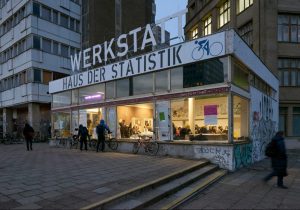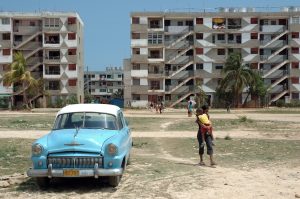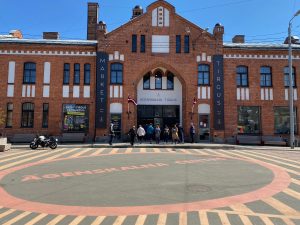
Forgotten for almost a decade, the complex of buildings that once constituted the offices for the administration of statistics under the old socialist regime came to the center of the public discourse as a symbol of an across-the-board struggle for the right to the city of Berlin. Civic society actors and public stakeholders joined their efforts to put the unconditional selling of publicly-owned buildings to a halt, stressing the need to replace the monetary principle with the pursuing of the societal common good. The professionalization of bottom-up forms of activism claiming space for culture and diversity transformed the Haus der Statistik initiative into a large-scale project. This currently aims at regenerating the buildings to benefit local neighborhoods, refugees and cultural producers alike through the implementation of participatory practices of urban development.

Alamar is a new city built in the 1970s in the outskirts of La Habana, Cuba, mostly with rudimental prefabricated technologies inherited from the soviets. It has been put in place through self-construction teams of 32 citizens employed in the so called microbrigadas: a system affecting not only the way the physical environment has been produced, but also the social texture formed in the process.

The Āgenskalns Market is case of regeneration of an old market structure in Riga done through a Private Public People Partnership. The building has been leased to a local company active in the neighbourhood, and the INHABIT Horizon 2020 provided additional resources to expand the social dimension of the project. Tesserae has trained the Local Community Activators and supported the participatory aspects and the engagement of stakeholders.